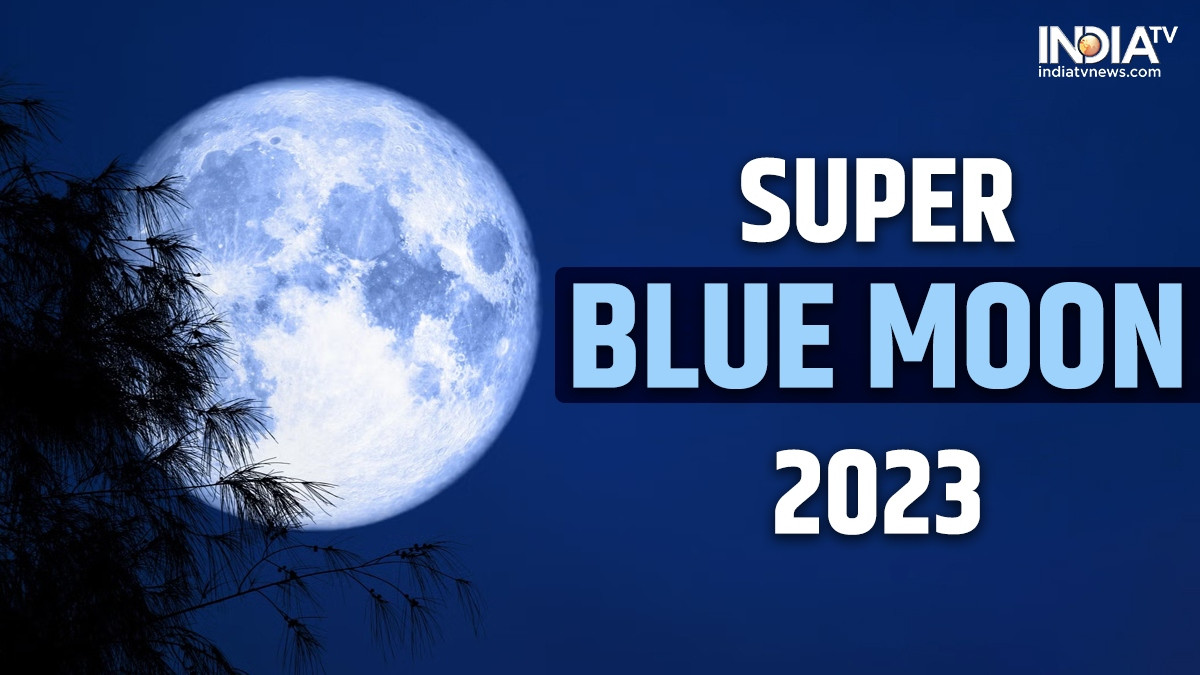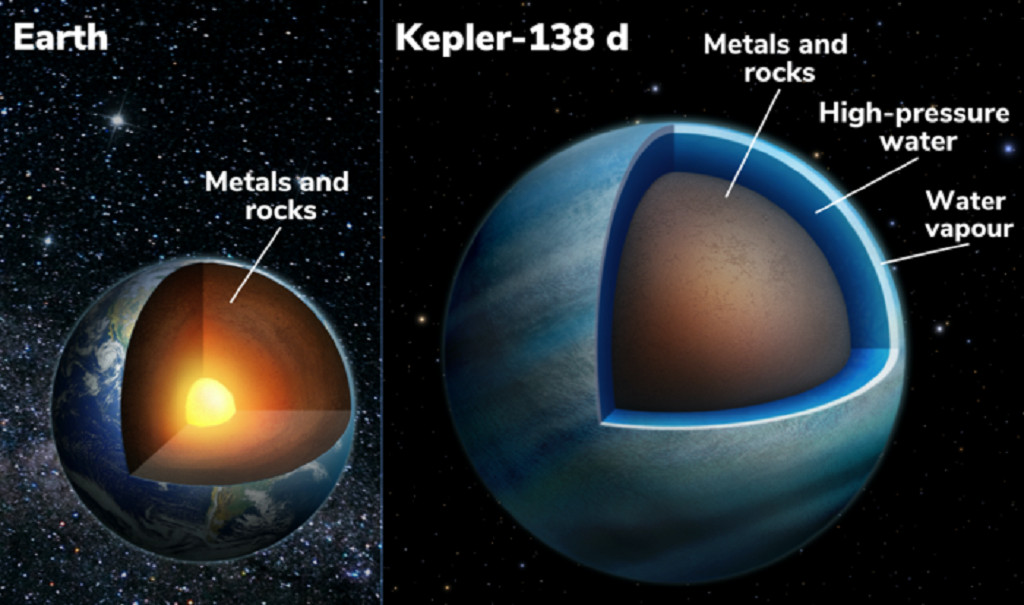In a significant step towards self-sufficiency in space, Nasa astronauts Jeanette Epps and Sunita Williams successfully configured a metal 3D printer aboard the International Space Station (ISS). This milestone marks a crucial advancement in Nasa's efforts to develop manufacturing capabilities for future long-duration missions beyond Earth.
In the last month, NASA has shown how 3D printing is becoming an indispensable tool for the future of space exploration. From testing new materials in the most extreme environments to envisioning on-demand solutions for long-duration missions, these stories highlight how NASA uses 3D printing not just to explore space but to transform the way we think about it. These four breakthroughs illustrate how 3D printing is becoming a key component of NASA’s journey to explore and understand the universe.
Building on their ongoing partnership, NASA and Elementum 3D, together with RPM Innovations and REM Surface Engineering, are taking rocket technology to new frontiers. At the heart of this effort is a 3D printed rocket nozzle made from Elementum 3D’s aluminum powder. The nozzle was successfully tested in a hot-fire trial at NASA’s Marshall Space Flight Center last October, proving it could endure the intense heat and stress of space travel—a significant step forward in 3D printed rocket engine design.
This project is part of NASA’s broader Reactive Additive Manufacturing for the Fourth Industrial Revolution (RAMFIRE) initiative, which relies on new manufacturing techniques to make rocket engines better and more efficient. By shifting from traditional methods to laser powder-directed energy deposition (LP-DED) 3D printing, NASA and its partners hope to find new ways to make complex, high-performance parts more quickly and at a lower cost.
What makes this breakthrough particularly exciting is its potential to bring large-scale nozzles, including the so-called “elusive aerospike design,” closer to reality. Unlike traditional bell-shaped nozzles, which are only efficient at one stage of a rocket’s flight, the aerospike design keeps the rocket’s exhaust plume—the stream of hot gases expelled from the engine—flowing along the outside of the nozzle.
By 3D printing this complex design and successfully testing it under extreme conditions, Elementum 3D reveals the potential of additive manufacturing to address age-old challenges in rocket engine design. Here also, the post-processing work by REM Surface Engineering, which smoothed and refined the nozzle’s surface, played a key role in boosting its durability and performance. This win for 3D printing not only proves the aerospike concept is possible but also opens the door to other designs that could improve rockets and payload capacity in future missions.
Building on the momentum of these advances in rocket technology, NASA is also looking into the next critical step: testing how new materials perform in the harsh space environment. As part of the Materials International Space Station Experiment (MISSE) program, 3DCERAM will produce ceramic samples for NASA using its C1000 Flexmatic Ceramic Printer, known for its precision in creating complex, high-quality ceramic parts. These samples will be mounted outside the International Space Station (ISS), where they will be exposed to the challenges of low Earth orbit (LEO) for six months.
This experiment is essential to understand how 3D printed ceramics behave in space. The results could lead to developing new materials for spacecraft exteriors, potentially paving the way for more durable and heat-resistant components that can endure the rough conditions of space travel, including exposure to radiation, extreme temperatures, and microgravity.
Looking further into the future, the work at the University College London (UCL) School of Pharmacy offers a glimpse into how 3D printing could support long-duration space missions. A recent visit by Dr. J.D. Polk, NASA’s Chief Health and Medical Officer, and Dr. Neal Zapp, Manager of NASA’s Health and Medical Authority, to UCL’s 3D printing lab and FabRx—a UCL spinout specializing in pharmaceutical 3D printing—pointed to the potential of this technology to produce medications on demand in space.
FabRx, closely linked to UCL’s research efforts, is at the forefront of developing innovative solutions for personalized medicine, which could be crucial for long-duration space missions. After all, the power to 3D print personalized medicines in a deep-space environment on-demand would be a game changer for missions to Mars or beyond, where bringing a full pharmacy is not at all possible. Instead, this technology could ensure that astronauts have access to the treatments they need, tailored to their specific requirements, without bulky medical supplies.
Finally, NASA’s Mentoring and Opportunities in STEM with Academic Institutions for Community Success (MOSAICS) program brings fresh talent into space exploration. By supporting students from underrepresented communities and smaller institutions, MOSAICS is helping to build a more diverse and innovative STEM workforce to contribute to the agency’s mission.
Recently, NASA awarded $6 million to 20 teams from emerging research institutions across the United States that have historically not been part of the agency’s research efforts—such as Hispanic-serving institutions, historically Black universities, and Asian American and Native American Pacific Islander institutions.

















